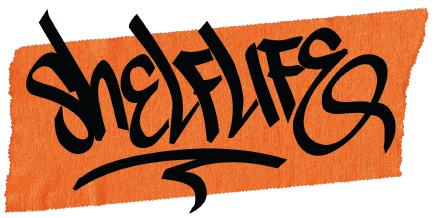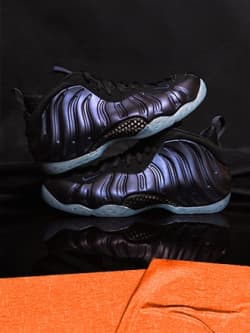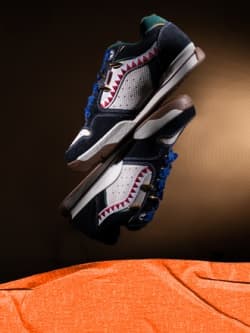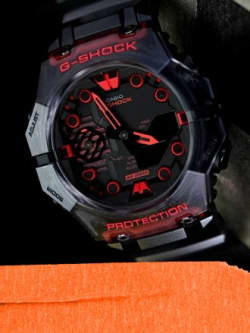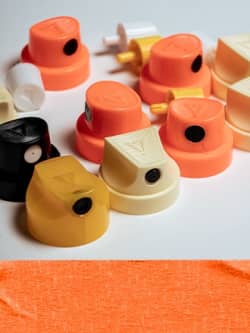A History Of A Bathing Ape

It’s 1993 and the Uruhara movement is growing in the backstreets of Harajuku with western hip hop and punk aesthetics finding their place in Japan’s younger generation who were defining a Japanese street culture in stark contrast to formal, traditional Japanese attire. Tomoaki Nagao aka Nigo, a DJ, music producer and member of the Teriyaki Boyz and Jun Takahashi, founder of Undercover, decided to open their own retail store in Harajuku called Nowhere. The store quickly became synonymous with the Uruhara Movement and sold Nigo’s own graphic tees that would soon become the iconic streetwear brand, Bape (A Bathing Ape).
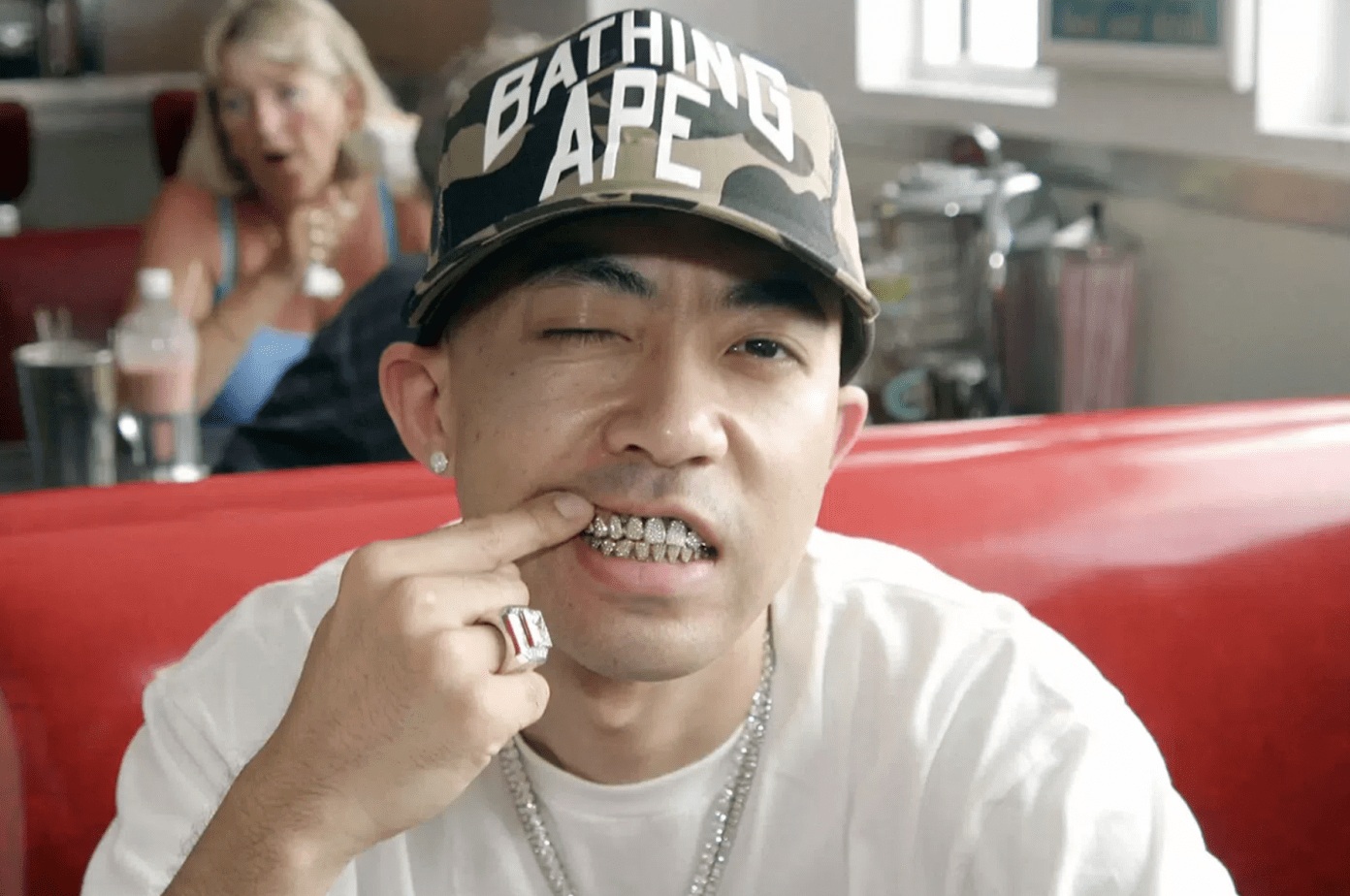

Inspired by the Japanese idiom, “A Bathing Ape in lukewarm water” which some would say is a dig at the overindulgence of younger generations, Nigo founded BAPE amidst a streetwear culture that celebrated androgyny, donned all denim, and jewellery galore. Shortly after opening Nowhere, Nigo and his friends, Hiroshi Fujiwara and graphic designer Sk8thing spent 5 hours watching Planet of the Apes which inspired, in conjunction with 20th century pop art influences, the iconic BAPE logo. 1990’s Japan saw the rise of many streetwear brands and BAPE would quickly become one of the most sought-after brands at home and internationally.
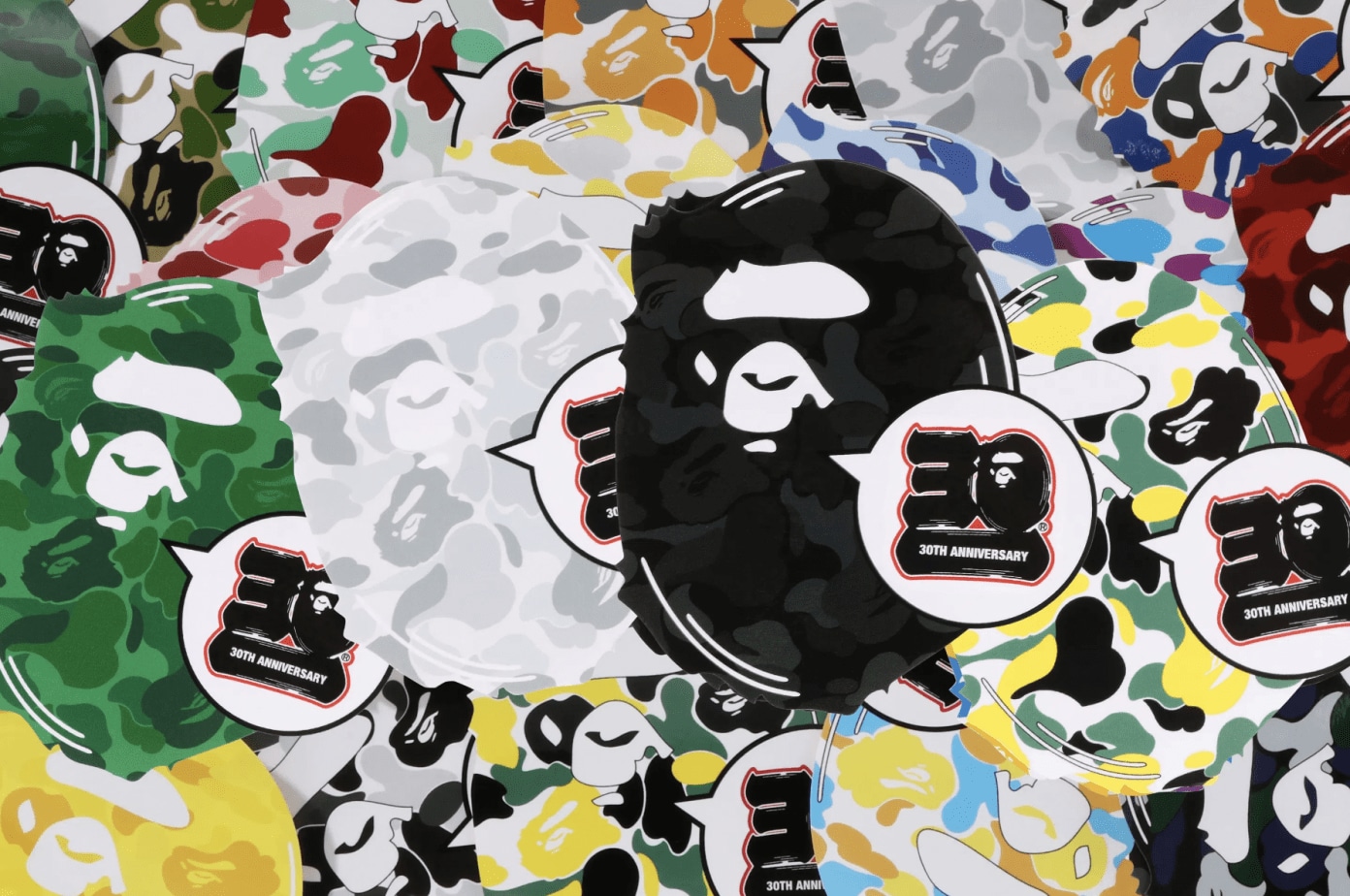

Influenced by mainstream pop and hip-hop groups such as The Beatles and Run DMC, Nigo started experimenting with streetwear fashion and his own culture, solidifying BAPE’s presence with the famous camo print which is an abstracted version of the BAPE face and a nod at Japanese fashion’s fascination with military wear. The Shark hoodie became the most popular items in the brand’s history, initially starting as a coveted drop and soon becoming part of the label’s core pieces. For Nigo, exclusivity wasn’t necessarily the aim. Financially, he was only able to create small numbers of each garment and decided to gift almost half of the items to his friends in hip hop and fashion. BAPE solidified the fundamental streetwear blueprint of scarcity and hype, setting the stage for the culture we all know and love today.
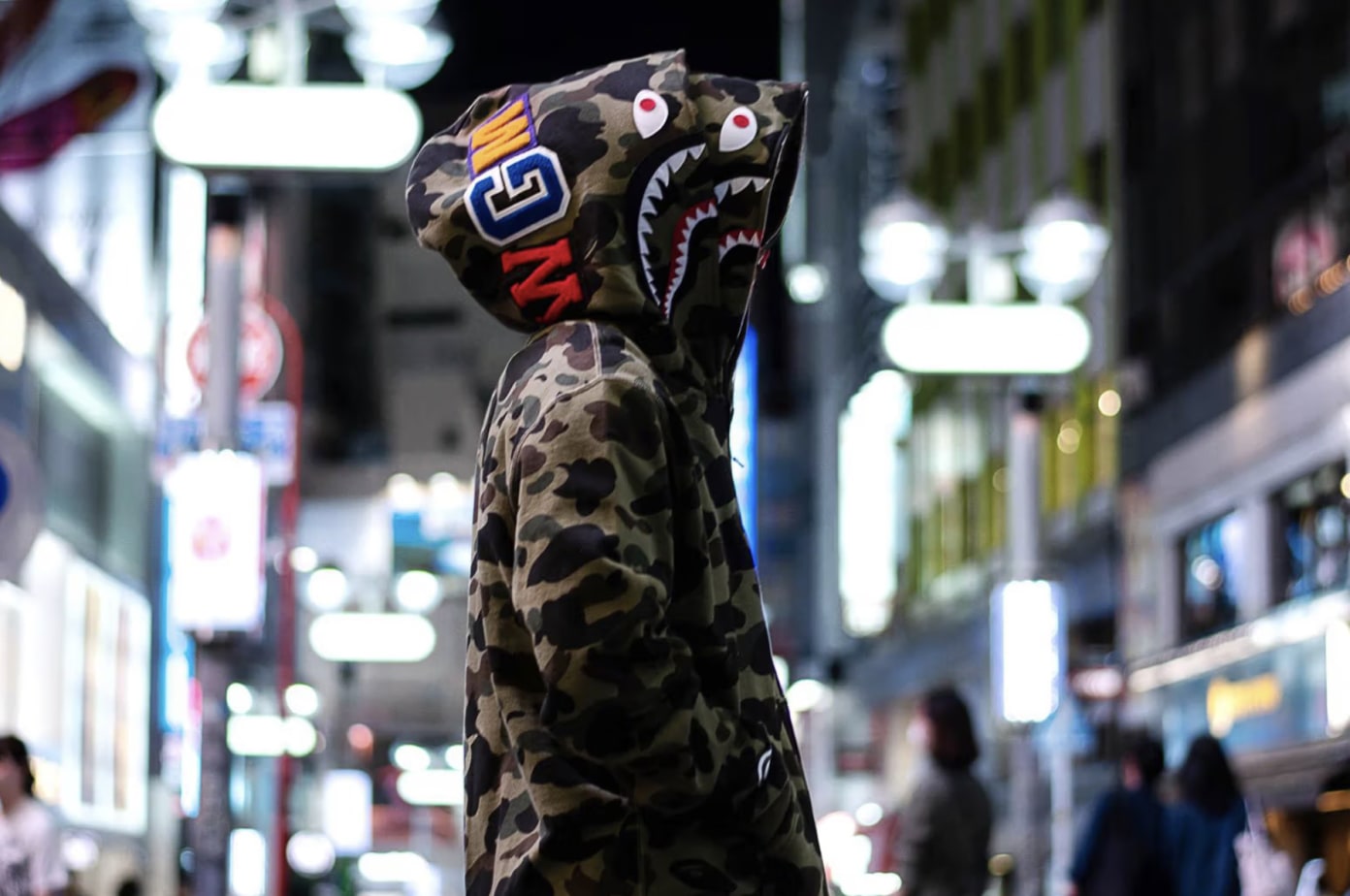

Ten years after it started in 1993, the label ballooned into a cultural tastemaker, collaborating with artists such as Kid Cudi, Kanye West and Pharrell Williams, as well as brands such as adidas, New Balance and Billionaire Boys Club. The brand's cultural chokehold even goes as far as to be referenced in songs, like everyone’s all-time classic Soulja Boy saying “Haters getting mad coz I’ve got me some Bathing Ape.”
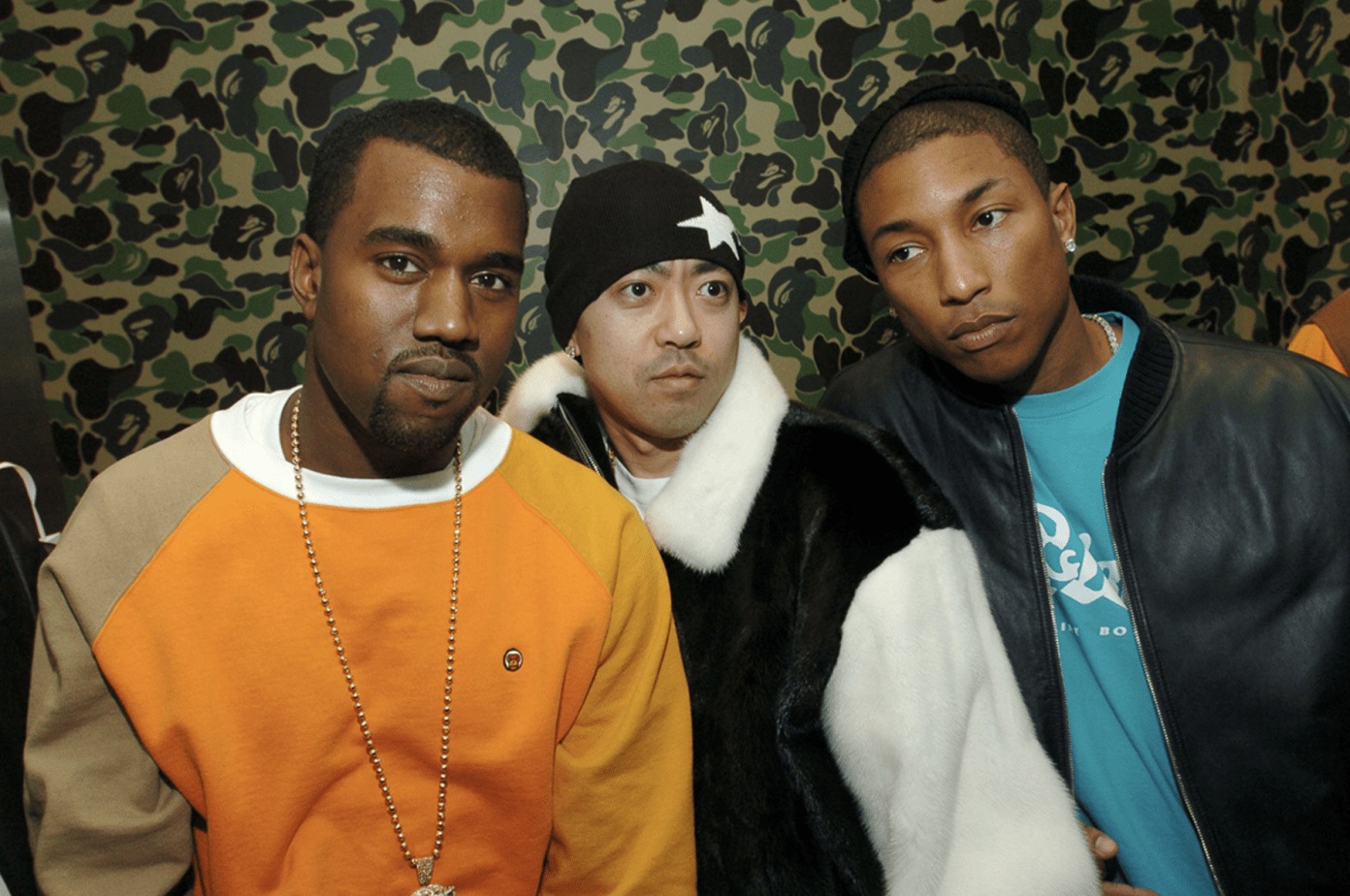
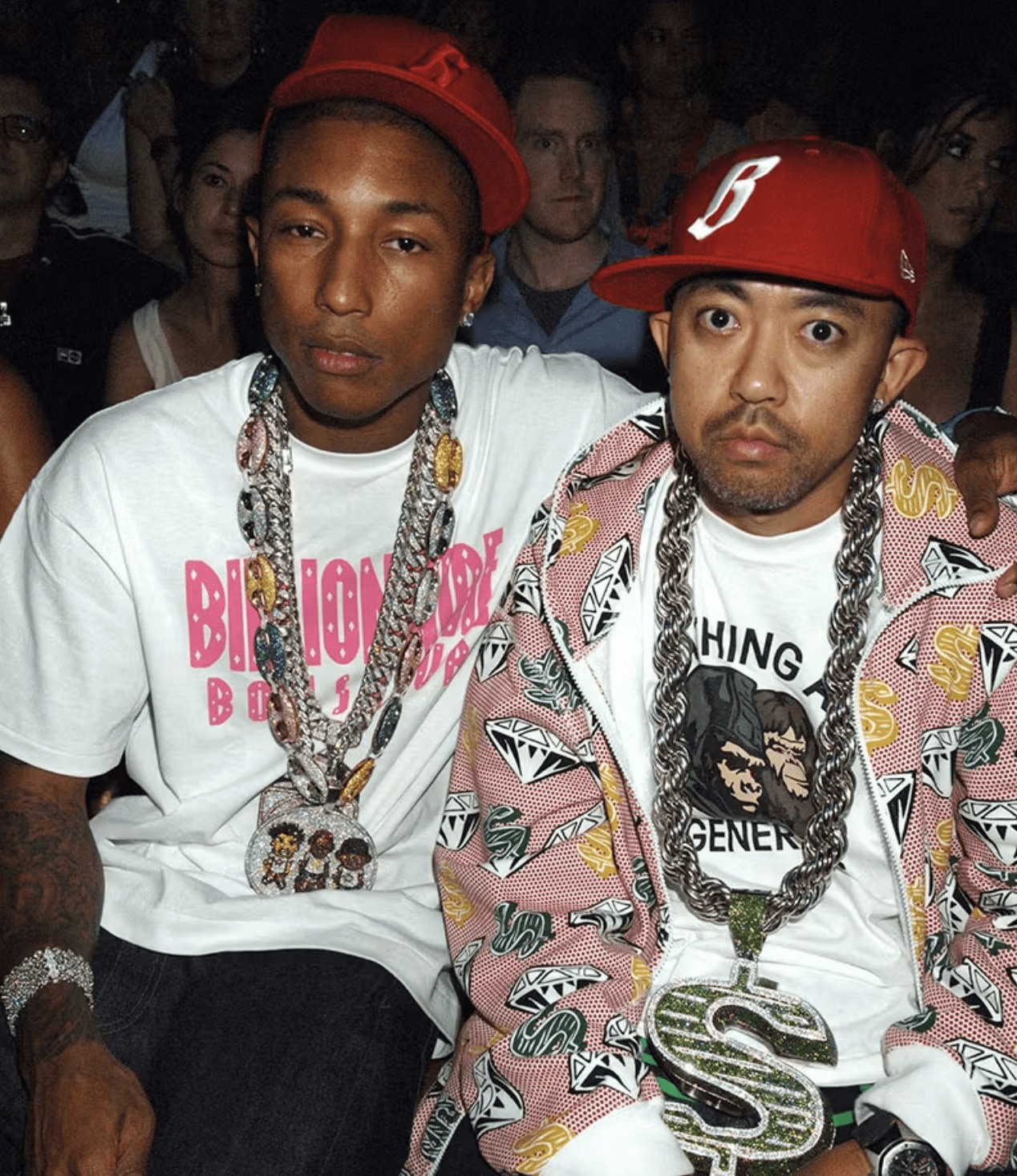


Anyone who visited a BAPE store in Japan or the US in the ’00s will recall the hypnotizing BAPESTA conveyor belt rotating tantalizingly in the window. Perhaps the BAPE item that has found the most cultural significance, with a revival in the last few years along with the ROADSTA’s, has been the BAPESTA. Initially released in 2000, the signature BAPE sneaker with its star and bolt-shaped “STA” logo, continues to be one of the most beloved shoes on any shelf despite it bearing such a close resemblance to the Nike Air Force 1. While the AF1 was a basketball shoe, Nigo had the foresight to take the “sports” silhouette and popularize it as a lifestyle item by producing the BAPESTA in a range of vivid colourways and mixed materials that Nike (at that point) had never thought to do.
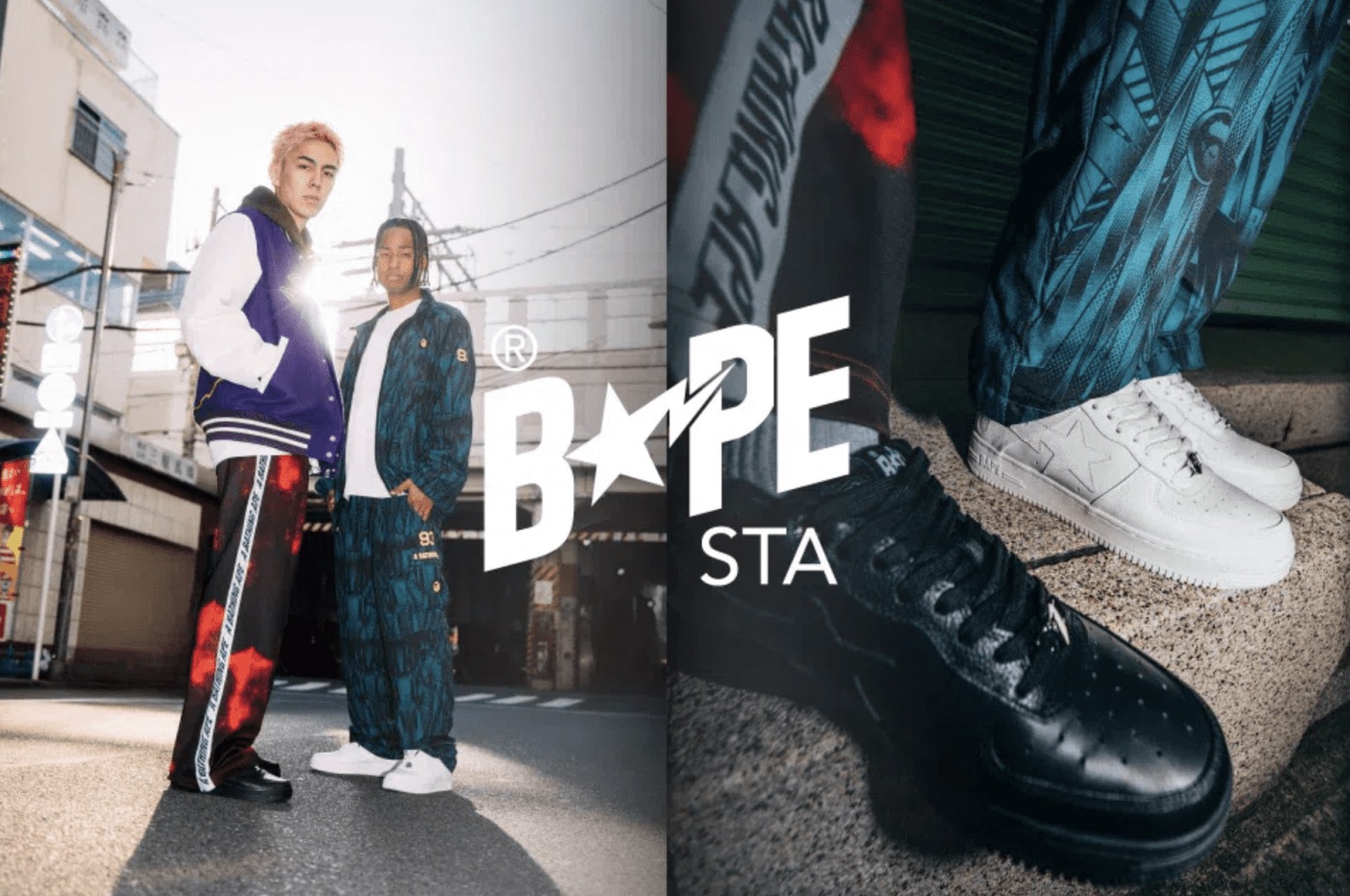

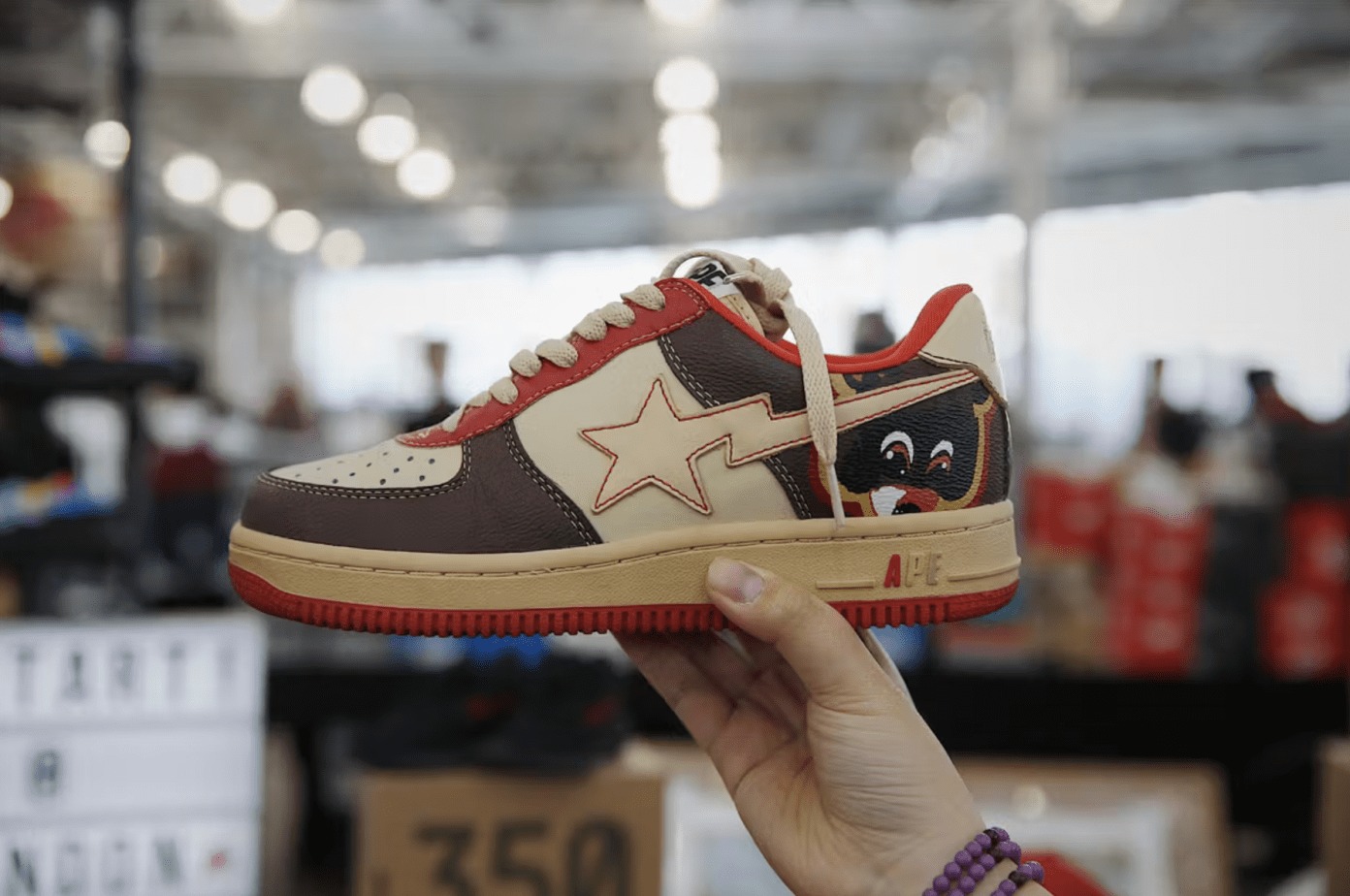
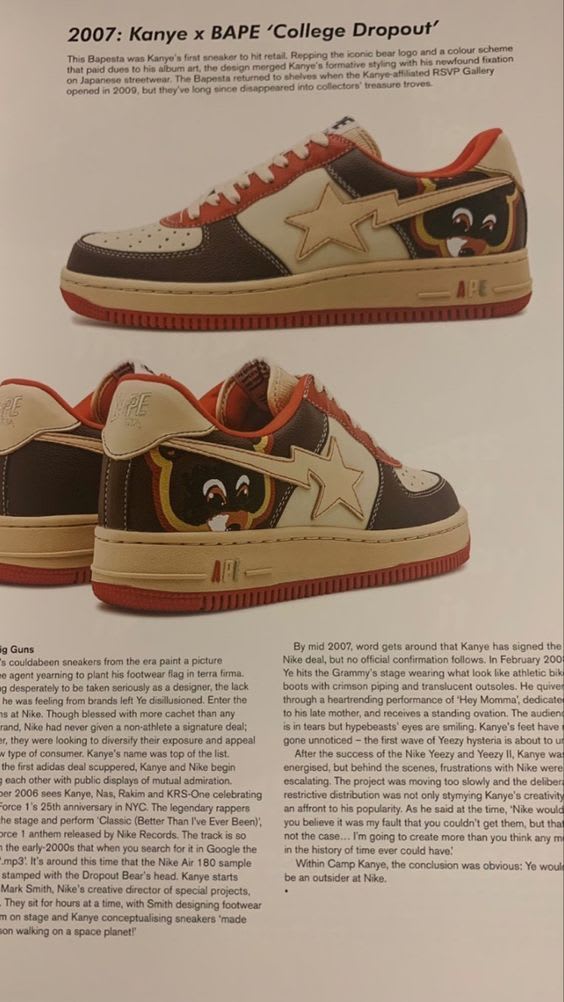
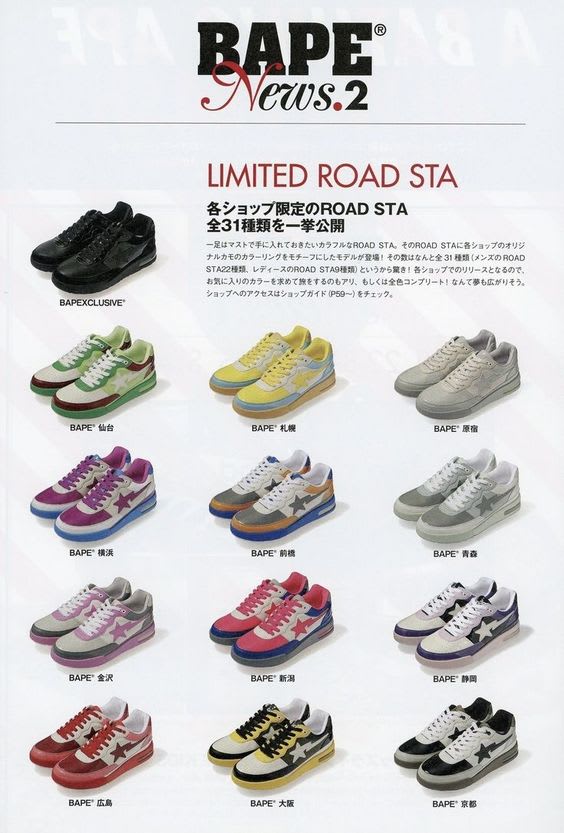





The brand has also ventured into the world of watches, collaborating with brands like Casio and Swatch and in 2017, dropping the dream collaboration with Rolex. The BAPEX watch has managed to combine the everchanging world of streetwear with the classic timepiece, creating a playful alternative to traditional luxury watch brands.
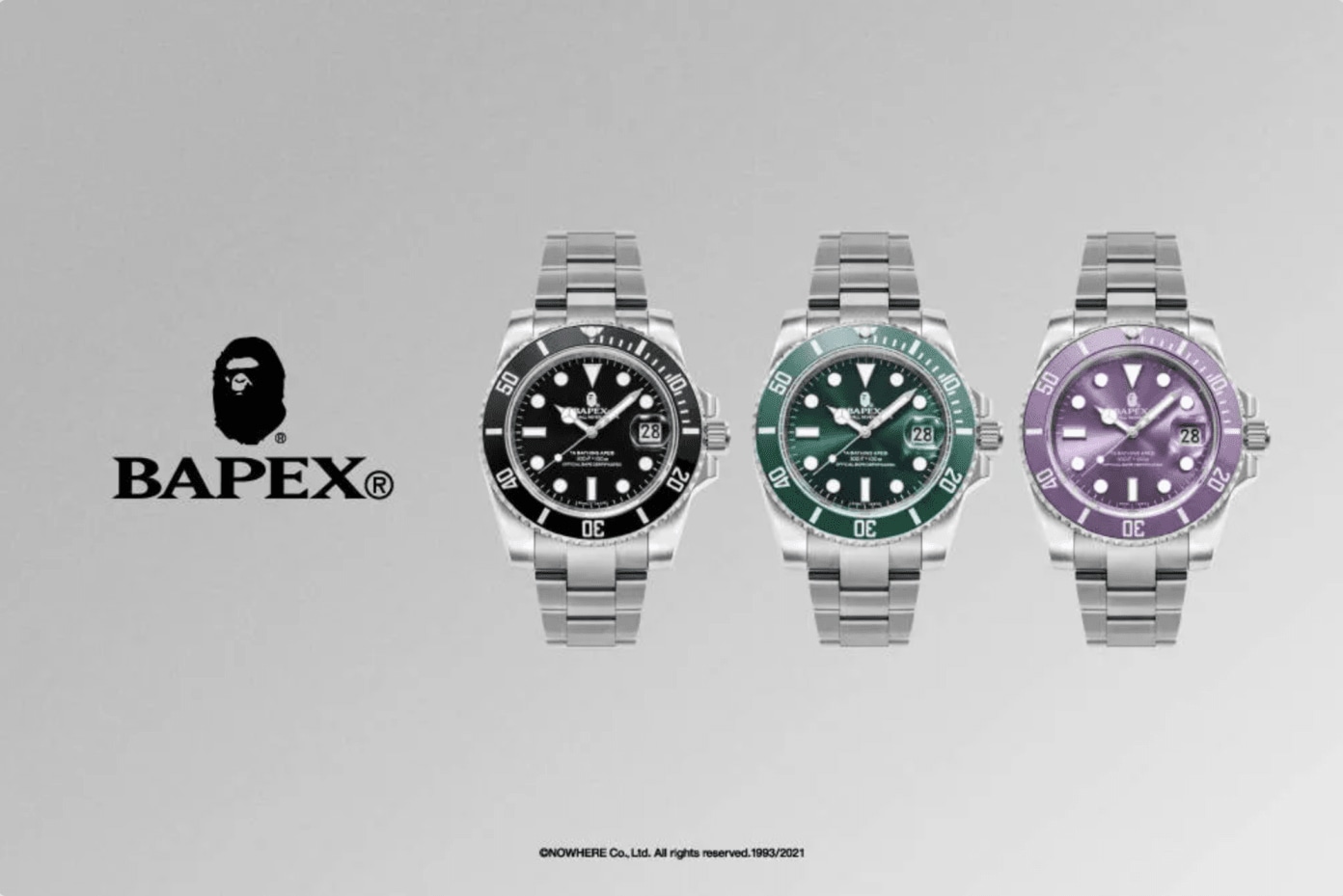

From its humble origins in Nowhere to its prolific collaborations to now hitting the shores of South Africa, BAPE's evolution echoes an ethos of streetwear that is innovative and dynamic while always celebrating its roots.
